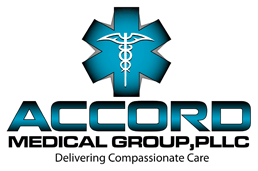Osgood-Schlatter Disease (Knee Pain)
Introduction
Osgood-Schlatter Disease is actually a type of overuse injury and not a disease. It affects the knees of growing children and adolescents who play sports that involve running or jumping. The main symptoms of Osgood-Schlatter Disease are pain and swelling. The vast majority of youth with Osgood-Schlatter Disease are treated successfully with non-surgical methods, and the condition rarely causes permanent orthopedic problems.
Anatomy
Causes
Symptoms
Diagnosis
Treatment
Surgery

Copyright © - iHealthSpot Interactive - www.iHealthSpot.com
This information is intended for educational and informational purposes only. It should not be used in place of an individual consultation or examination or replace the advice of your health care professional and should not be relied upon to determine diagnosis or course of treatment.
The iHealthSpot patient education library was written collaboratively by the iHealthSpot editorial team which includes Senior Medical Authors Dr. Mary Car-Blanchard, OTD/OTR/L and Valerie K. Clark, and the following editorial advisors: Steve Meadows, MD, Ernie F. Soto, DDS, Ronald J. Glatzer, MD, Jonathan Rosenberg, MD, Christopher M. Nolte, MD, David Applebaum, MD, Jonathan M. Tarrash, MD, and Paula Soto, RN/BSN. This content complies with the HONcode standard for trustworthy health information. The library commenced development on September 1, 2005 with the latest update/addition on February 16, 2022. For information on iHealthSpot’s other services including medical website design, visit www.iHealthSpot.com.

